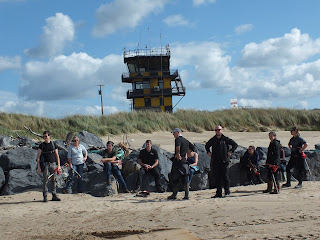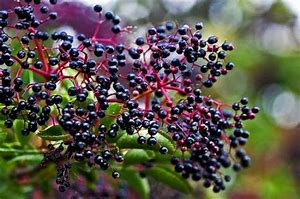I say little visited because we were on the Pembrey Sands Air Weapons Range which is off limits to the public Monday - Friday when it is being used for bombing and gunnery practise.
 |
| A reminder of where we were! |
Most of the "litter" was in fact discarded fishing net and rope although hard plastics and plastic bottles filled quite a few of the recycling bags amongst the bags of landfill.
 |
With most of the rubbish moved off the beach,
even this end of session photo shows a lot of fishing net debris
|
It is worth remembering that the beaches along Carmarthen Bay, and more relevantly Cefn Sidan are "natural" beaches, not manicured beaches as found in some coastal resorts; as such natural and to some extent manmade marine litter plays an important role in the ecology of the beach and, where they occur, the sand dune systems.
Removing the large amounts of unsightly plastic bottles, plastic bags, fishing netting, oil drums and general litter can leave an aesthetically pleasing beach, leaving driftwood, and strategically placed items like old car tyres and fishing crates provides a home for many creatures, including some very rare or uncommon insects, as well as giving some stability to the drifting sand which allows the dunes to start to form (something that the Pembrey dunes are recognised for)
Please help to keep the beaches tidy by taking part in a two minute litter pick next time you visit, just remember leave your filled bags next to a recognised bin so that we can remove them safely.































